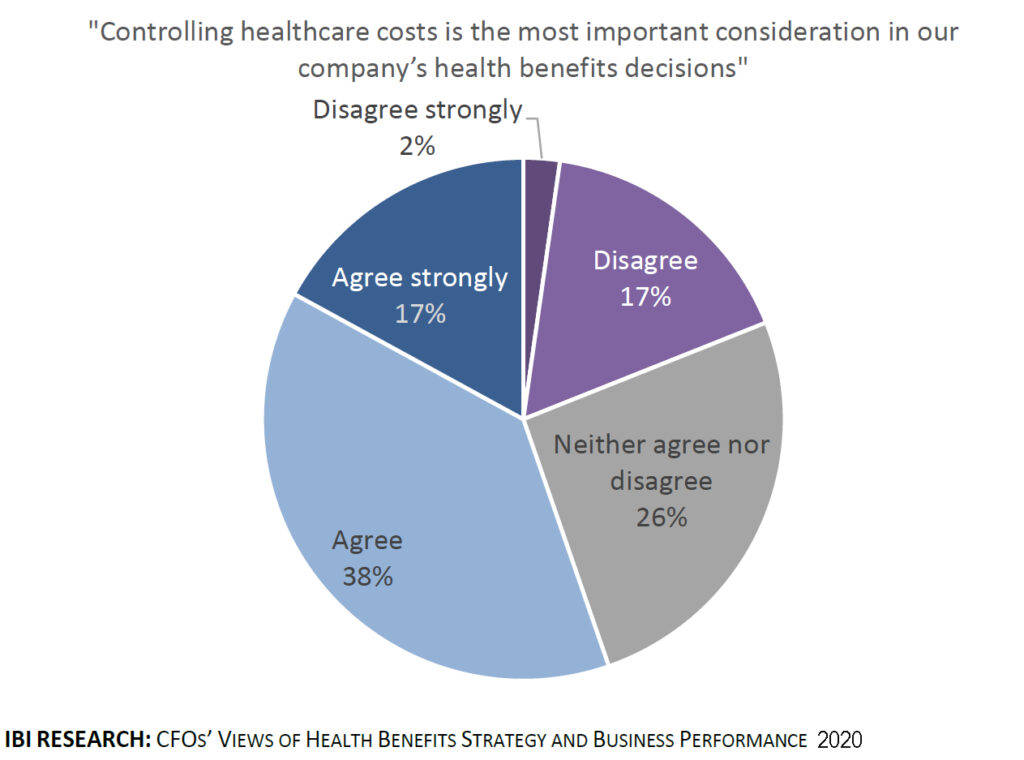4 tips for pitching wellness benefits to the C-suite
Two organizations and report results aid in methods for success.

With wellness programs at the forefront of workforce expectations, program managers need to persuade the C-suite to say, “yes” to expanded or new benefits.
While some organizations have the luxury of a wellness culture with serious leadership buy-in, others struggle to add services. Below are some proven methods for getting a thumbs up from the C-suite.
Bring the numbers
Coming in with data analytics speaks to the heart of the issue: What’s the expected return on investment (ROI) from wellness programs? ROI can be hard to prove because so much of wellness success is qualitative than quantitative. However, there are still key performance indicators (KPIs) to measure, and they could include:
- Medical claims rates
- Mental health
- Engagement
- Biometrics
Measurement allows wellness managers to link worker health and wellbeing to operational outcomes. Data can connect reduced emergency room visits to higher productivity or engagement with mental health benefits to better retention rates.

Lucas Finch is the global head of wellbeing at Xero, a New Zealand-based software company with more than 3,000 employees. He started measuring wellness by creating an ROI and high-level conceptual framework.
“As you identify needs and challenges, it’s important to spend some time on understanding how you would measure progress in these areas,” says Finch.
Developing metrics that are lead indicators are more effective at showing outcomes, he adds.
A 2020 report from the Integrated Business Institute (IBI) showed that linking workforce health to operational methods appealed to 77% of the CFOs surveyed.
“When making a case to the C-suite for investing in wellbeing programs, it is vital to be able to demonstrate not only the outcomes you’re aiming to achieve with this investment, but also validating why you have confidence your program will achieve these outcomes,” says Finch.
Show employee needs
Surveying employee needs and determining where to fill gaps offer leadership the opportunity to raise employee satisfaction while providing wellness-based solutions.

This year, employee feedback led Allison+Partners to increase its allocated wellness budget. After an internal survey at the San Francisco-based PR agency revealed a desire for more wellness programs and policies, Ashleigh Butson, global chief talent officer, pitched changes to leadership.
Allison+Partners agreed to renew its subscription to meditation app Calm and offer it free to employees.
“We then launched a formal wellness reward challenge to unveil a number of programs and increase employee engagement in wellness activities,” says Butson.
The expansion featured expert speakers, fitness challenges and a “social hobby group” to encourage connection.
Stories have an impact
While statistics have their place, holistic wellness also requires qualitative data to understand its impact. CFOs understand this, and more are willing to hear the stories behind wellness budget requests.
The IBI report revealed CFOs are leaning toward empathy in leadership, as are many executives in modern C-Suites. Nearly half of CFOs surveyed believe healthcare costs aren’t the sole deciding factor in determining healthcare budgets.

Wellness managers have an opportunity to use the qualitative data, including personal stories from employees, to justify a bigger wellness budget.
“Some of these outcomes might be a little less directly tied to ROI metrics, for example, but still very important contributors to important business needs,” says Finch.
Knowledge is power
Achieving a robust wellness program that meets the needs of employees and has a measurable ROI takes time. To achieve the end goal, wellness managers need to know what benefits will deliver before pitching.
What works for a law firm may not work for a manufacturing facility. Understanding your employees will help you choose which benefits to add, and successful programs show a comprehensive, flexible range of benefits work best. These tend to be more inclusive, achieve higher engagement and can support DE&I efforts.
Weaving wellness into the organization’s culture also makes it easier to pitch to executives and offers opportunities for leadership buy-in, another key to a program’s success. Using free options already provided by the organization’s healthcare provider, like expert speakers or fitness challenges, can feed wellness into a culture and keep the conversation going throughout the year without requiring additional funding.
“My one piece of advice here is to find out what the organization already cares about and demonstrate a way that this investment will bring them more of that thing,” says Finch.
COMMENT
Ragan.com Daily Headlines
RECOMMENDED READING
Tags: Allison+Partners, budget, C-suite, IBI, Wellness, Xero






